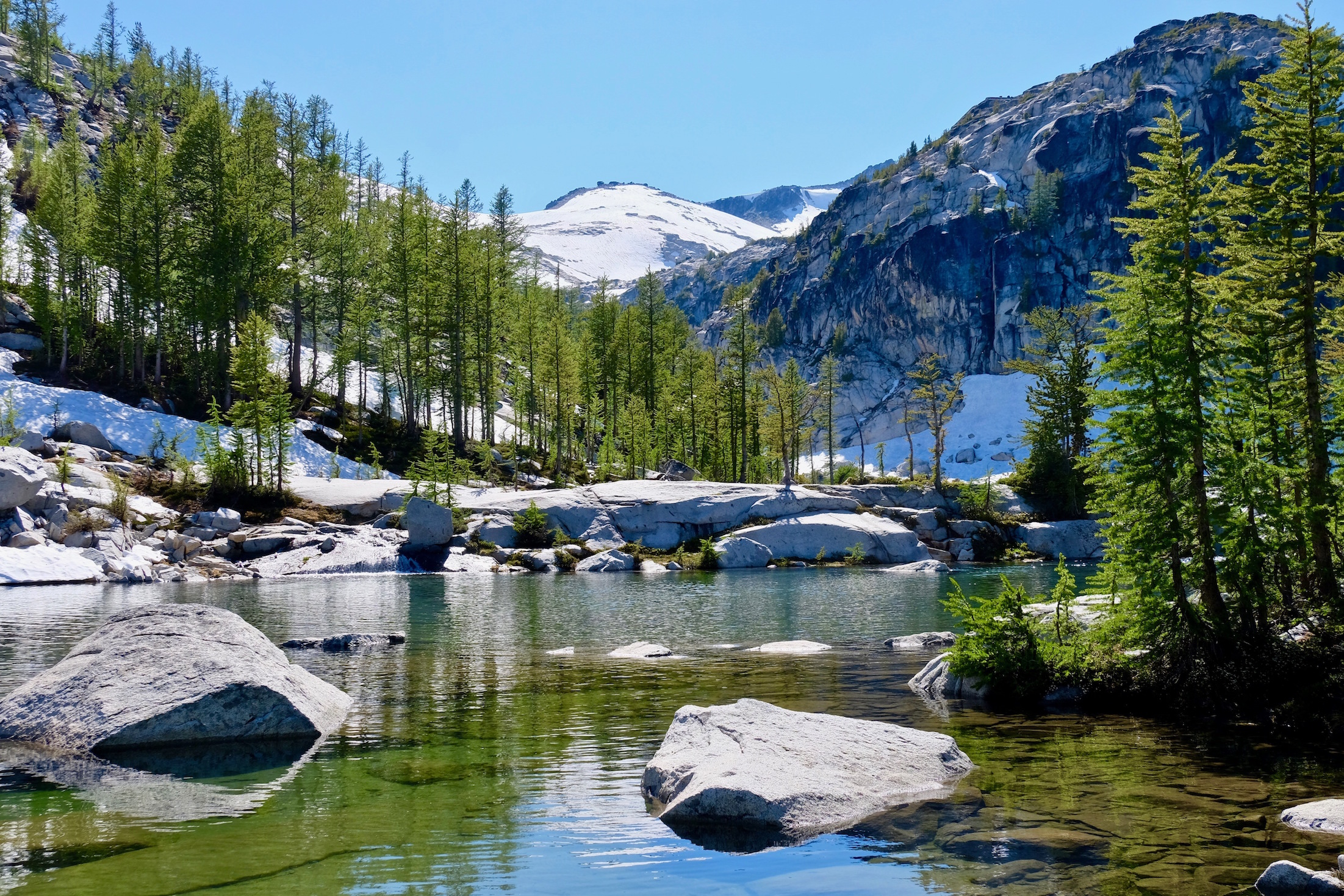
Changes in humidity can impact snowmelt, water supply
Determining how and when snow melts is important in many areas of the globe in order to plan for reservoirs, water supply, and potential flooding issues. Although it may seem like that determination is as simple as just looking at a thermostat, it’s actually a little more complex.
New research published in Proceedings of the National Academy of Sciences shows that changes in humidity may have a big impact on how the snowpack melts as the climate warms.
It sounds counterintuitive, but their findings show that cloudy, gray, humid winter days can actually cause the snowpack to warm faster. On the other hand, conditions with clear skies and low humidity may allow the snow to become colder than the air around it, preserving the snowpack.
This is important to know, since climate change can alter winter humidity up in some areas and down in others. “It means that trends and patterns in humidity will be very important to the future of snow,” says Adrian Harpold, a professor at the University of Nevada, Reno.
While scientists have known that a changing climate might have significant impacts on snowmelt-derived water resources, it has been difficult to determine why some areas are more sensitive to change, while others are more resilient.
So why do cloudy, humid days increase snowmelt? Well, snow’s white appearance comes from snow crystals reflecting solar radiation – minimizing energy input into the snow. On clear nights, the molecular structure of snow allows it to emit energy back into the sky, serving to cool the snowpack. On cloudy, humid days, this cooling process is reversed, as cloud cover prevents the snow from emitting energy. The condensation of water vapor on the snow also releases latent heat, which warms the snow.
The researchers looked at snowpack data from over 400 locations around the West, from the dry desert southwest to the humid Pacific Northwest. They found that both dry and humid environments respond to climate warming with episodes of snowpack loss. In humid areas, these episodes were primarily snowmelt, while in dry areas the episodes were mainly sublimation – the direct loss of snow to the atmosphere. The researchers believe these effects will only become more significant with more warming.
“As we reach a tipping point and see our customary water storage system, the snowpack, melting more and earlier in the winter, systems that rely on snowmelt will need to be reevaluated and modified,” explains Harpold.
For now, it’s a step in the right direction that we at least better understand the effect humidity has on snowmelt. Moving forward, we may also need to find better ways to manage a quicker and earlier melting of the snowpack.
—
By Connor Ertz, Earth.com Staff Writer













